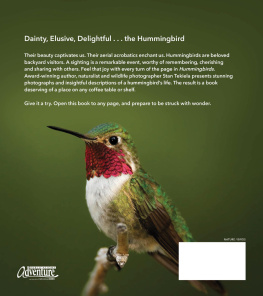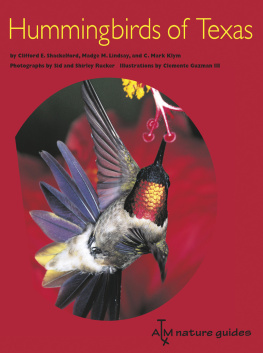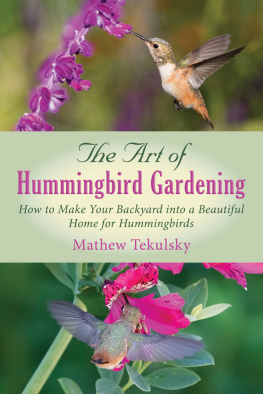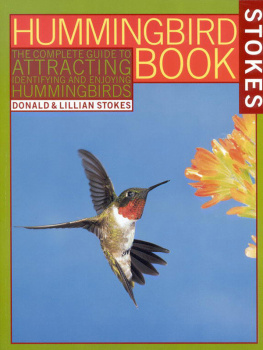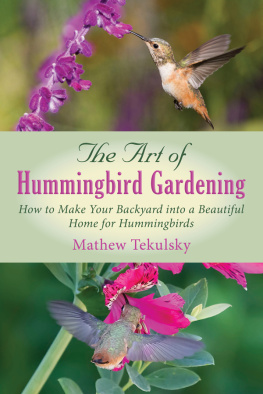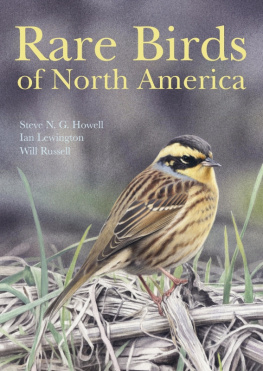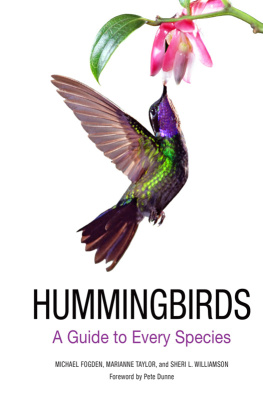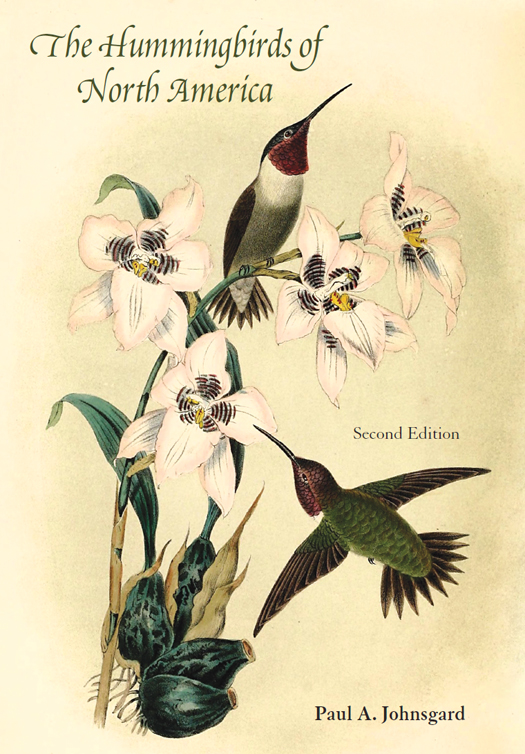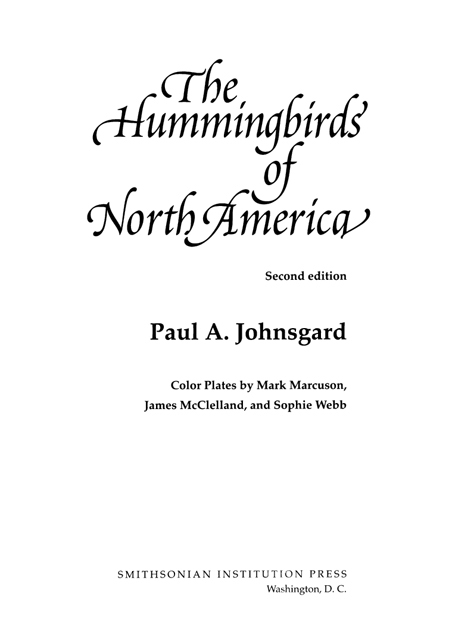Also by Paul A. Johnsgard
The Avian Brood Parasites: Deception at the Nest (in press)
The Baby Bird Portraits of George Miksch Sutton: Watercolors in the Field Museum (in press)
Ruddy Ducks and Other Stifftails: Their Behavior and Biology (with M. Carbonell) (1996)
This Fragile Land: A Natural History of the Nebraska Sandhills (1995)
Arena Birds: Sexual Selection and Behavior (1994)
Cormorants, Darters, and Pelicans of the World (1993)
Ducks in the Wild: Conserving Waterfowl and Their Habitats (1992)
Bustards, Hemipodes, and Sandgrouse: Birds of Dry Places (1992)
Crane Music: The North American Cranes (1991)
Hawks, Eagles, and Falcons of North America: Biology and Natural History (1990)
Waterfowl of North America: The Complete Ducks, Geese, and Swans (1989) (species accounts)
North American Owls: Biology and Natural History (1988)
The Quails, Partridges, and Francolins of the World (1988)
Diving Birds of North America (1987)
Birds of the Rocky Mountains (1986)
The Pheasants of the World (1986)
Prairie Children, Mountain Dreams (1985)
The Platte: Channels in Time (1984)
The Cranes of the World (1983)
The Hummingbirds of North America (1983)
The Grouse of the World (1983)
Dragons and Unicorns: A Natural History (with Karin Johnsgard) (1982)
Teton Wildlife: Observations by a Naturalist (1982)
Those of the Gray Wind: The Sandhill Cranes (1981)
The Plovers, Sandpipers, and Snipes of the World (1981)
A Guide to North American Waterfowl (1979)
Birds of the Great Plains: Breeding Species and Their Distribution (1979)
Ducks, Geese, and Swans of the World (1978)
The Bird Decoy: An American Art Form (editor) (1976)
Waterfowl of North America (1975)
American Game Birds of Upland and Shoreline (1975)
Song of the North Wind: A Story of the Snow Goose (1974)
Grouse and Quails of North America (1973)
Waterfowl: Their Biology and Natural History (1968)
Animal Behavior (1967)
Handbook of Waterfowl Behavior (1965)
1997 by the Smithsonian Institution
All rights reserved
Copy editor and typesetter: Princeton Editorial Associates
Production editor: Duke Johns
Designer: Janice Wheeler
Library of Congress Cataloging-in-Publication Data
Johnsgard, Paul A.
The hummingbirds of North America / Paul A. Johnsgard. 2nd ed.
p. cm.
Rev. ed. of: The hummingbirds of North America. 1983.
Includes bibliographical references (p. ) and index.
ISBN 1-56098-708-1 (alk. paper)
eISBN 978-1-935623-89-2
1. HummingbirdsNorth America. I. Johnsgard, Paul A. Hummingbirds of North America. II. Title.
QL696.A558J63 1997
598.899dc2096-44168
British Library Cataloguing-in-Publication Data is available
For permission to reproduce illustrations appearing in this book, please correspond directly with the author. The Smithsonian Institution Press does not retain reproduction rights for these illustrations individually, or maintain a file of addresses for illustration sources.
ISBN: 978-1-560987-08-6 (cloth)
ISBN: 978-1-935623-89-2 (ebook)
A full subject index is included in the print edition.
On the cover: Black-chinned hummingbirds (Archilochus alexandri). From Illustrations of the Birds of California, Texas, Oregon, British and Russian America by John Cassin (Philadelphia: J. B. Lippincott & Co., 1862), Pl. 22.
v3.1
Contents
CHAPTER 1
Classification, Distribution, and General Attributes
CHAPTER 2
Evolution and Speciation
CHAPTER 3
Comparative Anatomy and Physiology
CHAPTER 4
Comparative Ecology
CHAPTER 5
Comparative Behavior
CHAPTER 6
Comparative Reproductive Biology
Preface to the Second Edition
During the past few years I have been told repeatedly by friends and my Smithsonian Institution Press acquisitions editor, Peter Cannell, that my Hummingbirds of North America should be revisited and revised, but I have always found it more interesting to undertake new books than to wrestle with updating old ones. However, during a chance meeting in the summer of 1995, my old friend Luis Baptista urged me not only to revise my original book but also to add the strictly Mexican species of hummingbirds. That sounded like an exciting idea, so I immediately began to determine what was needed to bring it about.
I soon decided that the Isthmus of Tehuantepec represents a much more meaningful and biologically defensible terminus for a book on North American hummingbirds than the MexicanGuatemalan border, and by limiting my coverage to species that breed north of that region I would need to add only 25 new species accounts to my text coverage. The earlier book had described 23 species, although the inclusion of one of these (the Antillean crested hummingbird) was based on very questionable evidence as to its historical continental occurrence, and I have eliminated it from the present edition. Thus, the present book includes a minimum of 47 so-called species, although several of these populations are admittedly complex species groups that are regarded as two or more species by various authorities.
I have followed the comprehensive world checklist by Sibley and Monroe (1990) for recognizing both species limits and taxonomic sequence of species, but have not always followed that reference for recognizing generic limits. Nor have I followed the accepted taxonomy of the American Ornithologists Union (AOU) in several cases, but wherever my terminology differs from that of the AOU I have provided the currently accepted AOU nomenclature, based on the most recent Check-list of North American Birds (AOU, 1983) including relevant supplements. A new edition of this checklist should appear soon, and it may include additional taxonomic changes appearing too late to incorporate into this text.
To illustrate the 25 newly included species, I obtained the help of Mark Marcuson, who on short notice produced four wonderful watercolor plates, depicting males of each newly included species. James McClelland kindly allowed me to reprint the 16 stunning watercolors of 22 hummingbird species that he had painted for my original volume. I also was fortunate to obtain the permission of Sophie Webb to reproduce four of her splendid paintings of 56 taxa of North American and Central American hummingbirds from A Guide to the Birds of Mexico and Northern Central America (Howell and Webb 1995). Her paintings not only illustrate male, female, and immature plumages of these species, but also include several additional forms that are either peripheral Central American species or represent recognizable endemic Mexican races if not biologically distinct sibling species. I also relied heavily on Howell and Webbs wonderfully pioneering field guide in drawing my range maps for these many Mexican species, and gratefully acknowledge its importance in facilitating this component of my book. I also used Howell and Webbs vernacular nomenclature for most English names of hummingbirds, including those several forms here considered as races but which may be recognized as distinct species after more is learned about their ranges and biologies.


